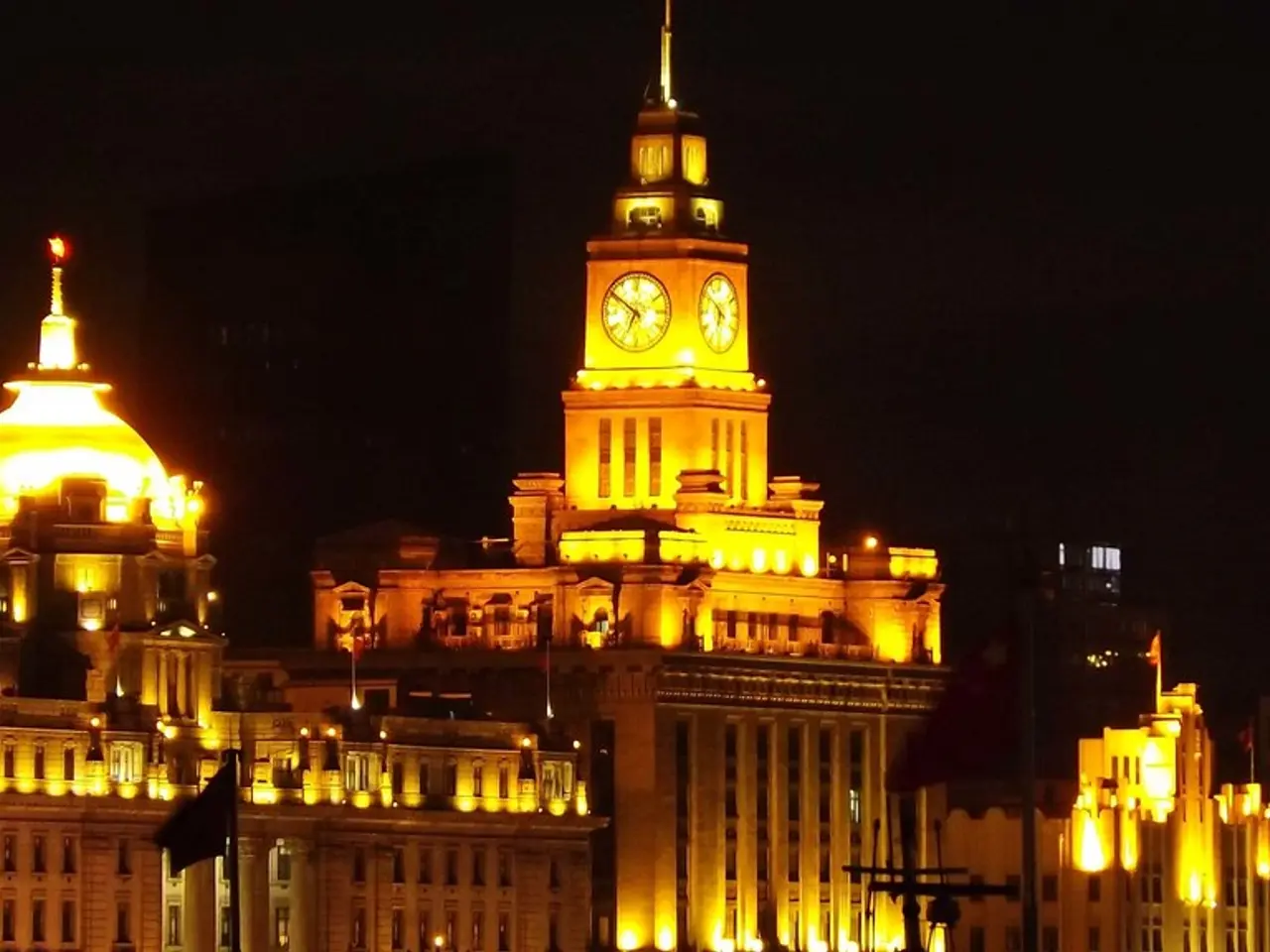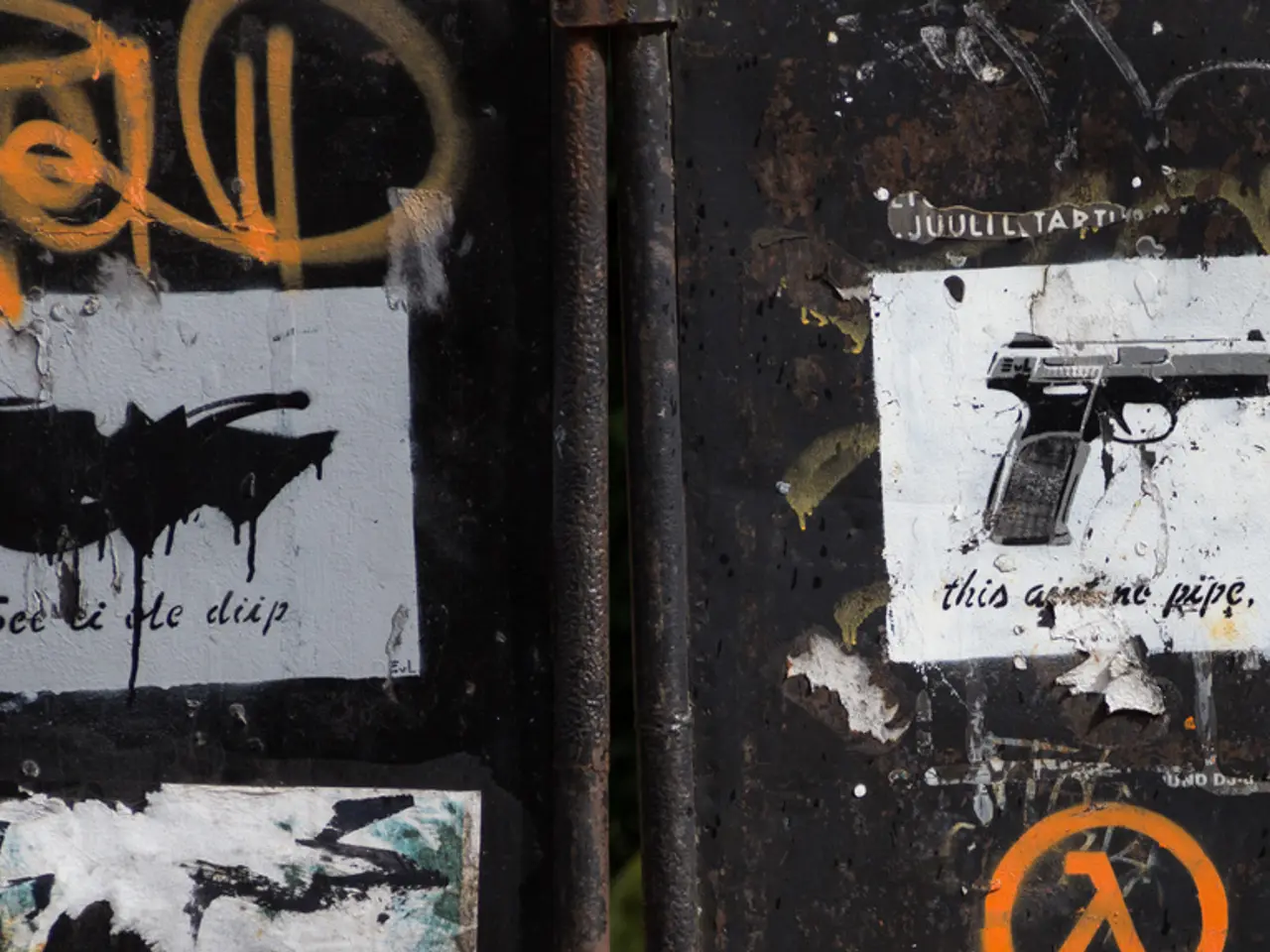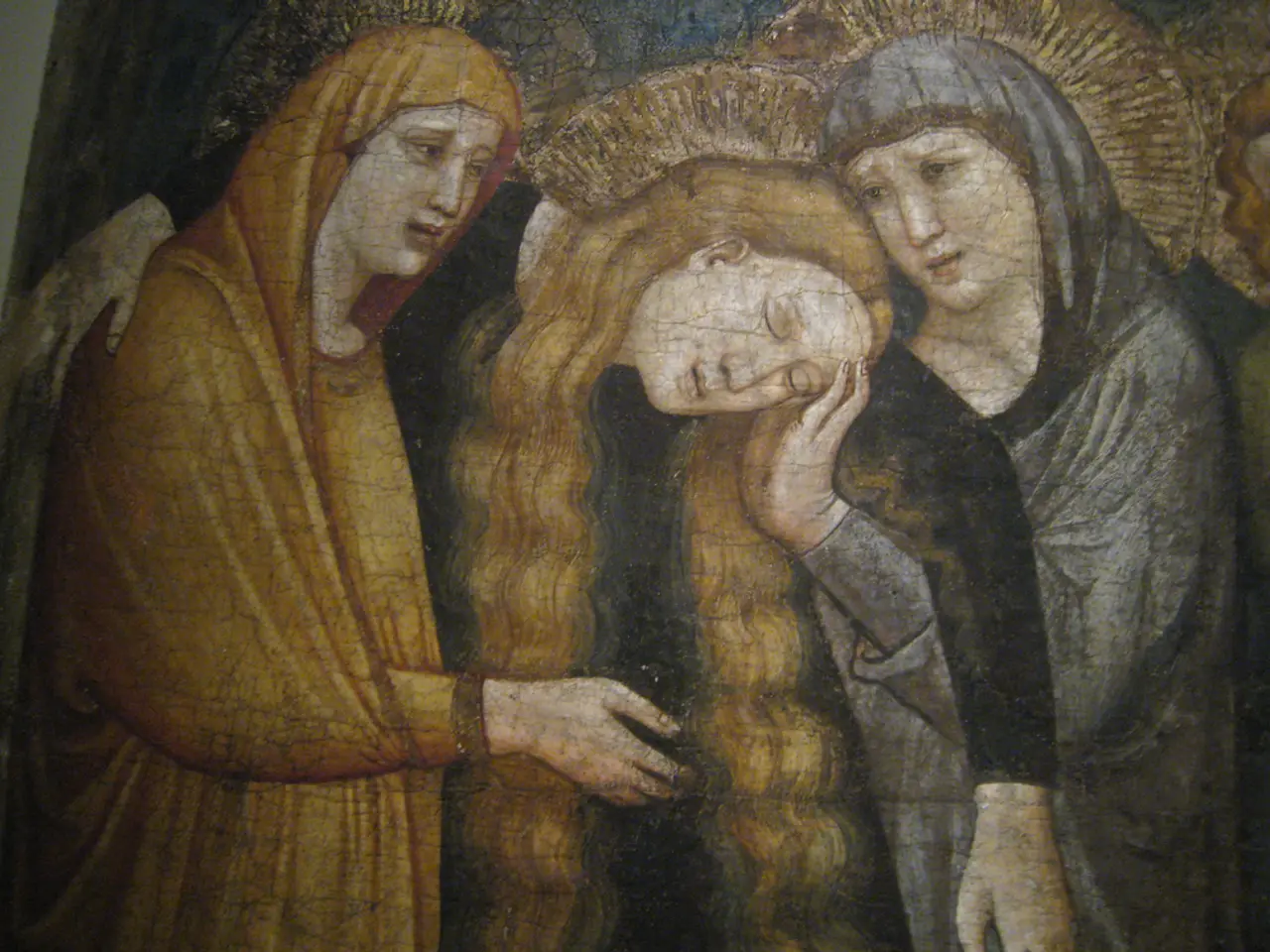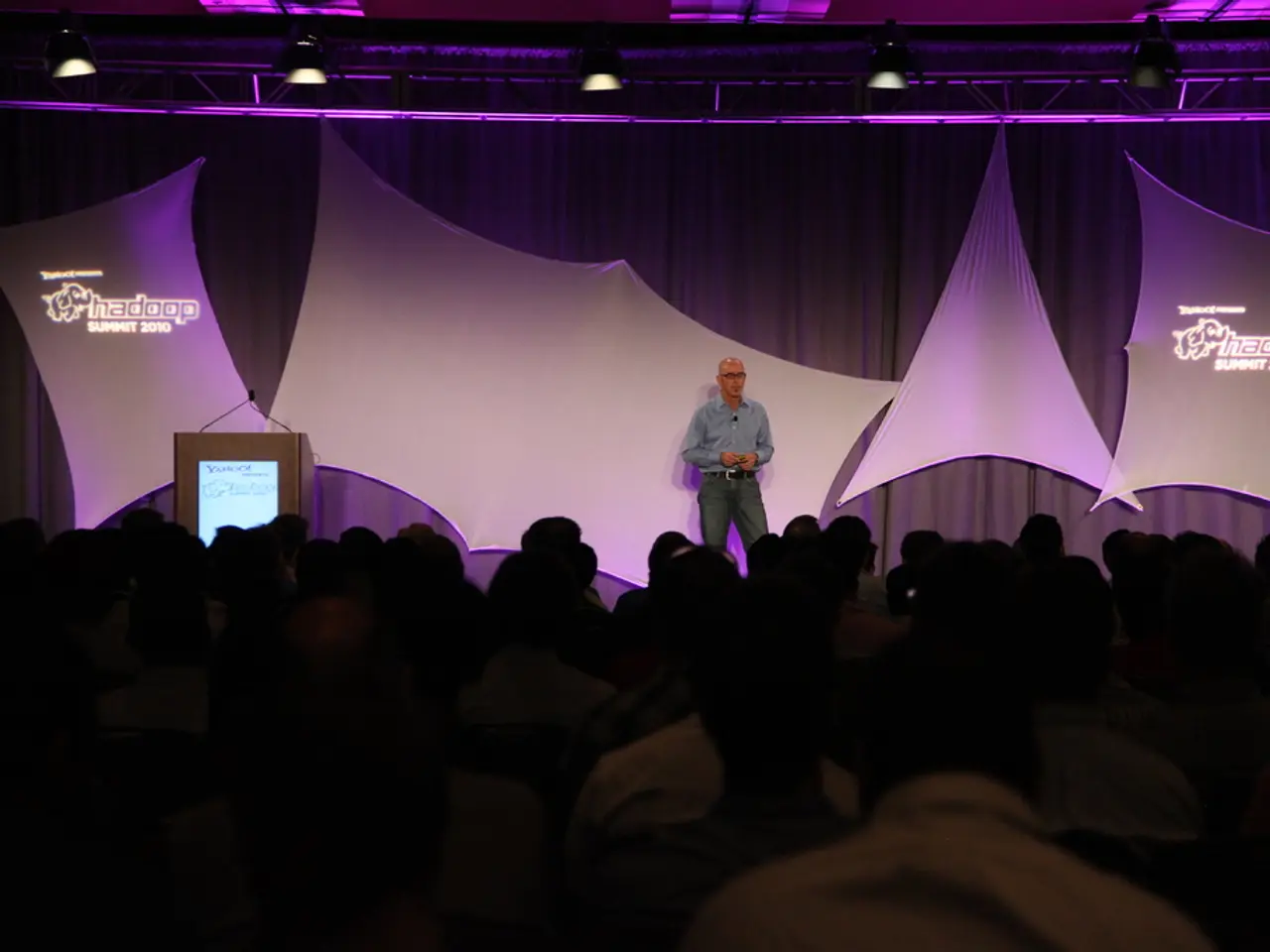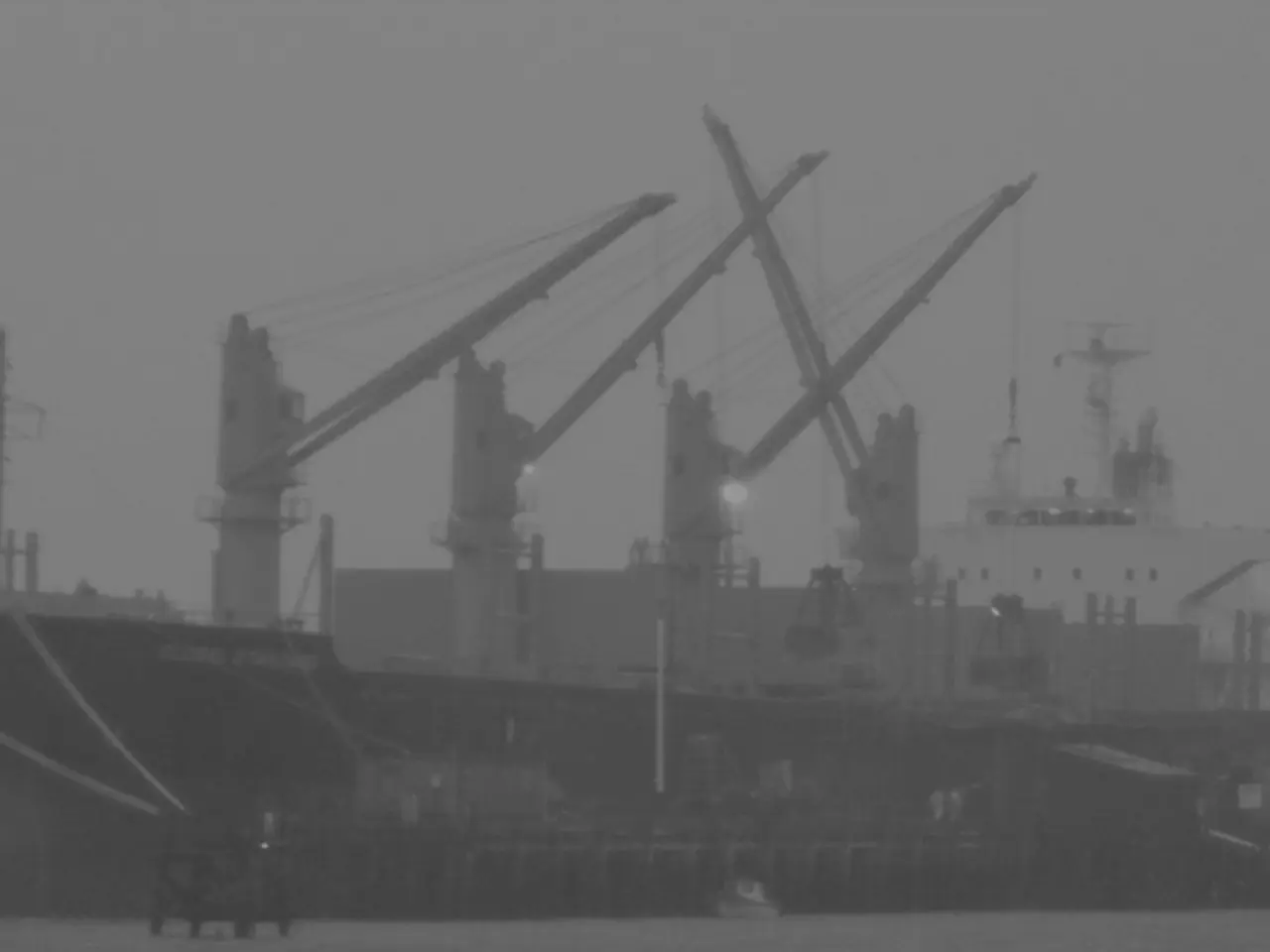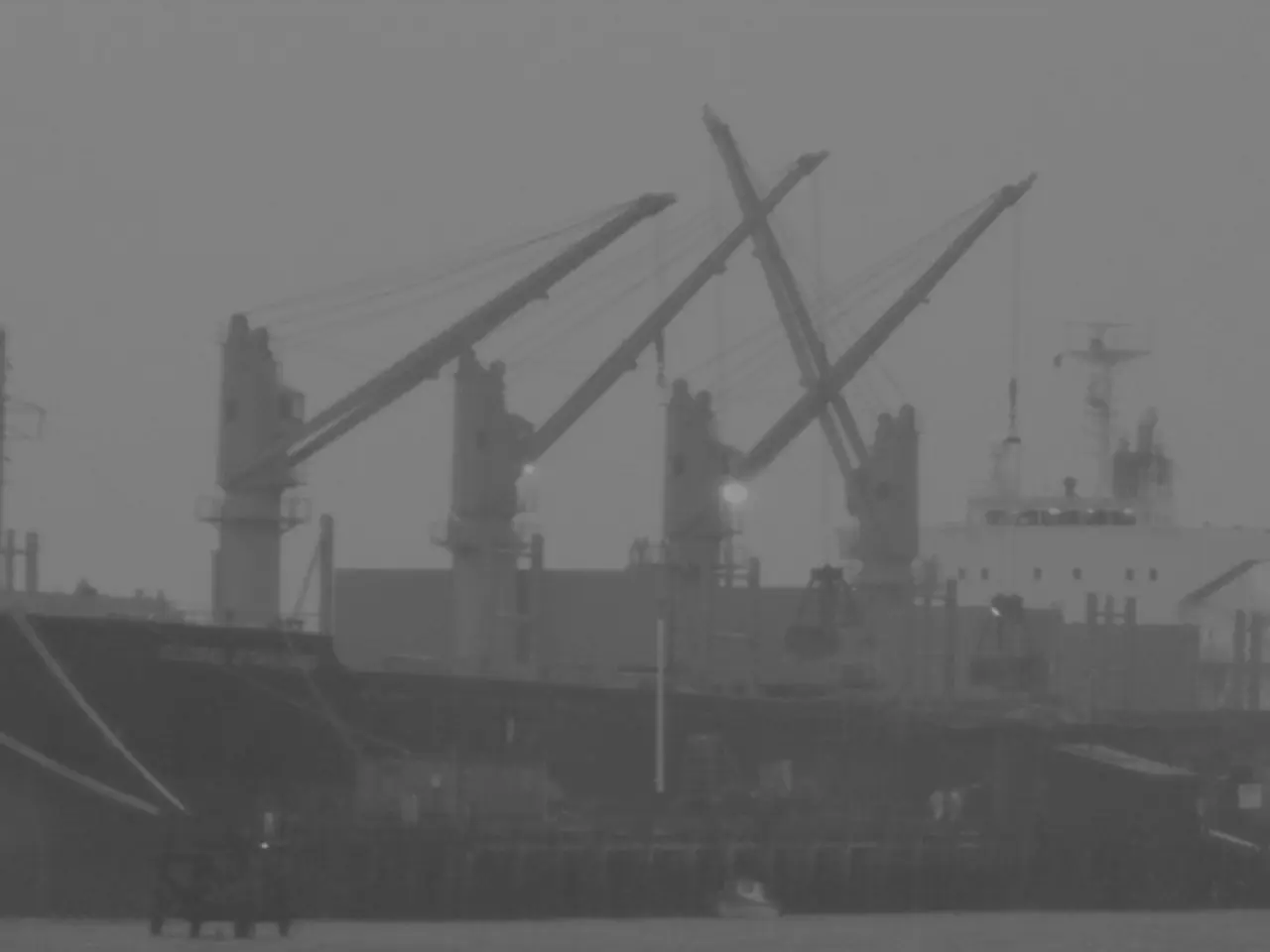Daytime-Centric Terrifying Cinema: 10 Thrilling Horror Films
=============================================================================
In the realm of horror cinema, darkness and shadows have long been associated with fear and suspense. However, a growing number of filmmakers are challenging this trope by using bright settings and daylight to create an unsettling atmosphere that lingers long after the credits roll.
One such example is the British Film Institute's analysis of The Wicker Man (1973), which notes how the film effectively portrays "the clash between traditional beliefs and counterculture, leading to a shocking conclusion that lingers long after viewing." Set on a remote Scottish island under clear skies, the film's cheerful songs and dances serve as a stark contrast to the dark secrets hidden beneath.
Michael Haneke's Funny Games (1997 and 2007) also uses daylight to great effect. The home invasion narrative unfolds during daylight hours, contrasting horrific acts with bright, inviting environments. The daylight setting is used to drive home Haneke's meta-commentary on violence in media, implying viewers in the consumption of such content.
Tobe Hooper's The Texas Chain Saw Massacre (1974) delivers brutal moments under the harsh Texas sun, making the horrors of Leatherface and his family more exposed. The brightness of the setting only serves to heighten the tension and the sense of vulnerability.
Ari Aster's Midsommar (2019) is a modern folk horror masterpiece that takes place during a Swedish midsummer festival where the sun barely sets. The never-ending daylight becomes a significant element, as there's nowhere to hide from the horrors unfolding during this nine-day festival. The brightness doesn't soften the nightmare; if anything, it cranks everything up to eleven.
Other notable films that use daylight to create a disturbing atmosphere include Nosferatu (1922), The Ruins (2008), and Near Dark (1987). In Nosferatu, the evil of the vampire Nosferatu is ironically contrasted with daylight, culminating in a scene flooded with light that symbolizes the destruction of darkness and evil but remains haunting and somber. The Ruins uses the bright, harsh sun to intensify the horror by showing disturbing events unfolding in a typically safe and exposed environment. Near Dark highlights the sunlit threats and the inevitability of darkness, making daylight a tense precursor rather than a comforting refuge.
Jaws (1975) is probably the most influential daylight horror film ever made, ensuring generations of swimmers never quite shake that feeling of something circling beneath them. The Wicker Man (1973) remains a cornerstone of folk horror, delivering its terror under clear skies on a remote Scottish island.
By using daylight to create a sense of unease, these films challenge the traditional horror tropes and offer a fresh perspective on fear and suspense. The bright settings and sunny days serve as a stark reminder that terror can lurk anywhere, even in the most unexpected places.
- The 'Top 10' list of films that use daylight to create an eerie atmosphere in horror cinema should include 'The Wicker Man' (1973), known for its clash between traditional beliefs and counterculture, and 'Midsommar' (2019), a modern folk horror masterpiece set during a never-ending Swedish midsummer festival.
- In bizarre contrast to the horrors that unfold, 'Nosferatu' (1922) uses daylight to ironically contrast with the villainous Nosferatu, while 'The Ruins' (2008) intensifies the horror by showing disturbing events unfold in a typically safe and exposed environment under the bright, harsh sun.
- Movies-and-TV like 'The Texas Chain Saw Massacre' (1974) and 'Funny Games' (1997 and 2007) also use daylight to heighten tension, with moments of brutality taking place under the harsh Texas sun and during daylight hours, respectively, serving as effective commentaries on violence in media.
